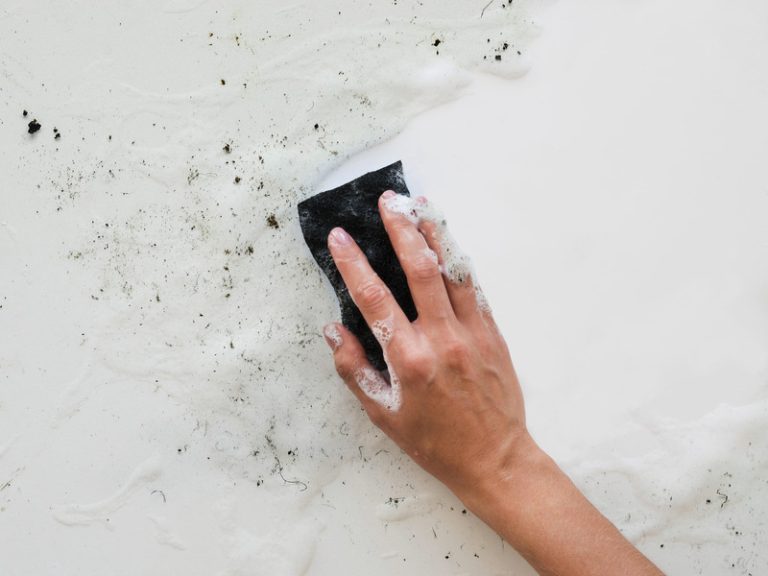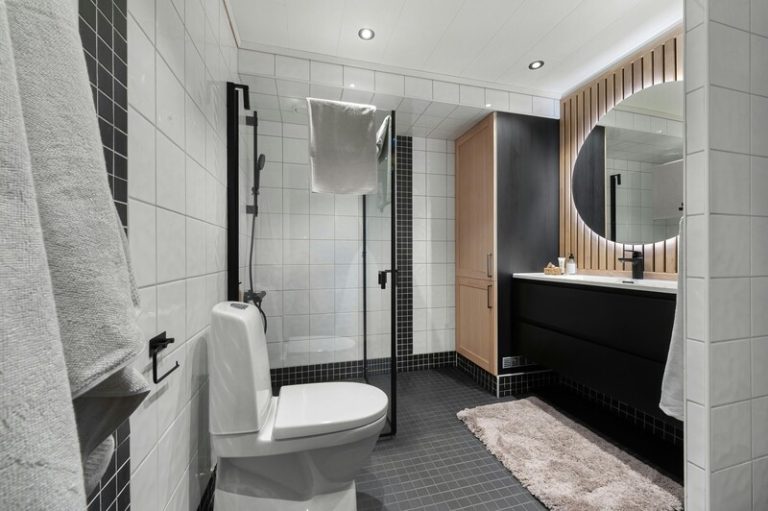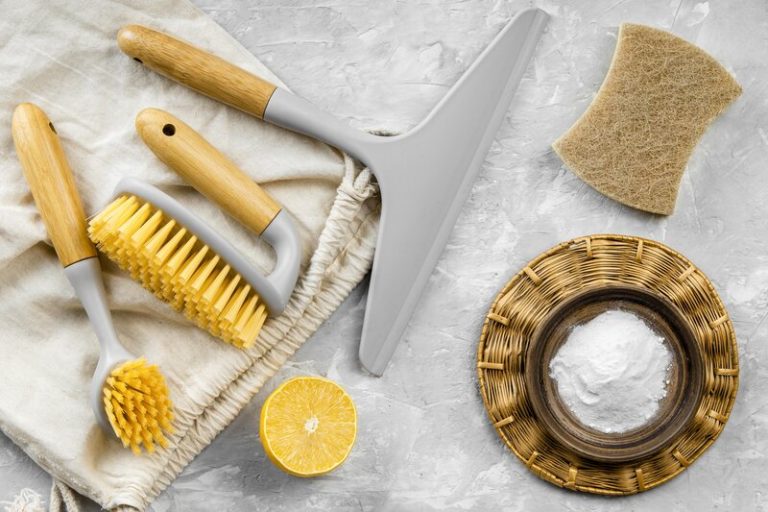Have you ever walked into a room and smelled a musty odour coming from a wet carpet? Aside from the unpleasant smell, you also need to know that there are several wet carpet smell health risks that you need to be aware of.
In this article, we will discuss related wet carpet smell health risks, such as respiratory problems, allergies, skin irritation, and headaches.
Learn about wet carpet smell health risks including how you can prevent and eliminate them to protect the health of you and your family.
What Are the Wet Carpet Smell Health Risk?
Although seemingly trivial, it turns out that the persistent wet carpet smell health risk is huge, potentially causing respiratory problems, allergic reactions, and other health complications due to the growth of mould and spores that often accompany humid environments. Here’s a further explanation.
a. Respiratory Issues
Exposure to mould and its spores in a damp environment can lead to severe respiratory problems as the spores infiltrate the airways and cause irritation and infections.
Respiratory issues stemming from exposure to mould spores can manifest in various forms, such as coughing, wheezing, shortness of breath, and chest tightness.
Individuals with asthma or allergies may experience heightened symptoms when exposed to mould, as the spores can trigger allergic reactions and exacerbate existing respiratory conditions.
Over time, repeated exposure to mould spores can lead to chronic respiratory conditions like bronchitis or even contribute to the development of more serious lung diseases.
b. Allergies and Asthma
Individuals with allergies or asthma are particularly vulnerable to health risks posed by mould in carpets, as exposure can trigger severe allergic reactions and exacerbate asthma symptoms.
Mould spores can easily become airborne, leading to respiratory issues such as coughing, wheezing, and shortness of breath in individuals with pre-existing conditions. Plus respiratory symptoms, mould exposure can also cause skin irritation and eye discomfort.
Regularly vacuuming and deep cleaning carpets, especially in high-moisture areas like bathrooms and basements, is crucial in preventing mould growth. Ensuring proper ventilation and maintaining a dry environment can significantly reduce the risk of mould formation, ultimately safeguarding the health of allergy and asthma sufferers.
c. Skin Irritation
Direct contact with mould-infested carpets can lead to skin irritation and other allergic reactions, posing a significant health risk if not addressed promptly.
Mould exposure can trigger various skin issues, such as redness, itching, or rashes, especially for those with sensitive skin. In more severe cases, individuals may experience dermatitis or eczema flare-ups.
To prevent these adverse skin reactions, it is essential to avoid direct skin contact with mould. Wearing gloves, long sleeves, and masks while handling mouldy materials can significantly reduce the risk of skin irritation and allergic responses.
Regularly cleaning and maintaining living spaces can also help prevent mould growth, thus minimising the chances of encountering mould-infested surfaces that could harm the skin.
d. Headaches and Dizziness
Prolonged exposure to mould and its musty smell can cause neurological symptoms such as headaches and dizziness, highlighting serious health risks associated with a damp carpet smell.
These symptoms may not only impact physical well-being but can also lead to cognitive issues, memory problems, and mood changes.
Neurological effects from mould exposure can vary in severity, ranging from mild discomfort to more severe conditions like chronic fatigue syndrome or even neurotoxicity.
It is crucial to address any signs of mould growth promptly to prevent further health complications and ensure a safe living environment for you and your loved ones.
How Can Wet Carpet Smell Health Risk be Affected?
Wet carpet smell health risks can have a significant impact on your health, causing a range of problems from respiratory issues and allergic reactions to more severe neurological symptoms, depending on the duration and intensity of exposure. Here’s the full explanation.
a. Short-term Effects
Short-term exposure to a damp carpet smell can lead to immediate allergic reactions, headaches, and skin irritation, which can significantly impact daily comfort and well-being.
Allergic reactions may present as nasal congestion, sneezing, itchy eyes, or even breathing difficulties, making it essential to address the source promptly.
Headaches can develop rapidly, intensifying discomfort and affecting concentration, while skin irritation can cause redness, itchiness, or even rashes, adding to the overall discomfort.
These effects can manifest within minutes to hours after exposure, making it crucial to ventilate the area, remove the source of the smell, and consider using an air purifier or dehumidifier to alleviate symptoms and improve indoor air quality.
b. Long-term Effects
Long-term exposure to a damp carpet smell can result in chronic respiratory problems and severe neurological symptoms, posing serious and lasting health risks if the underlying issues are not resolved.
These health consequences can develop gradually as the individual continues to inhale mould spores and allergens present in the damp environment. Over time, the respiratory system may become increasingly compromised, leading to conditions such as asthma, bronchitis, or even lung infections.
Professional intervention is crucial in addressing the root cause of the dampness, preventing further mould growth, and improving indoor air quality. Without proper remediation, the risks of long-term health issues from exposure to a damp carpet smell can persist and worsen over time.
Symptoms of Wet Carpet Smell Health Risk
Symptoms that arise due to wet carpet smell health risk can vary greatly, such as:
a. Coughing and Sneezing
Exposure to mould in a damp carpet can cause frequent coughing and sneezing as the body attempts to expel the irritants from the respiratory system.
When mould spores are released into the air, they can be inhaled and trigger the body’s natural defence mechanisms, leading to the symptoms of coughing and sneezing. Mould exposure can also irritate the lining of the throat and airways, causing inflammation and exacerbating the respiratory response. Over time, if left untreated, prolonged exposure to mould in a damp environment can progress to more severe respiratory issues such as asthma, bronchitis, or even respiratory infections.
b. Difficulty Breathing
Difficulty breathing is a severe symptom resulting from prolonged exposure to mould spores, which can obstruct airways and significantly impair respiratory function.
When mould spores are inhaled over an extended period, they can lead to inflammation in the air passages, making it difficult for air to pass through smoothly. This obstruction not only causes breathing difficulties but also exacerbates conditions such as asthma and allergies. It is crucial to understand that if difficulty breathing persists or worsens, seeking prompt medical attention is imperative to prevent any potential complications that may arise from respiratory distress.
c. Skin Rashes
Skin rashes are a common allergic reaction to mould exposure from a wet carpet, indicating direct contact with mould spores and highlighting the health risks involved.
When exposed to mould spores, the body’s immune system can react by causing inflammation, leading to a rash. These rashes can vary in appearance, ranging from redness and itching to raised bumps or blisters, depending on the individual’s sensitivity. Common areas where these rashes appear include the arms, legs, face, and torso.
To treat skin rashes caused by mould exposure, it is essential to thoroughly cleanse the affected area with mild soap and water. Avoid scratching the rash as it can worsen the irritation and lead to infection. Applying soothing lotions or topical corticosteroids can help alleviate symptoms.
Preventing further rashes involves minimising contact with mould. This includes promptly fixing any water leaks, improving ventilation in damp areas, and using dehumidifiers to reduce moisture levels. Regularly cleaning and maintaining carpets and other susceptible surfaces can also help prevent mould growth and subsequent skin reactions.
d. Fatigue and Headaches
Fatigue and headaches are neurological symptoms often associated with prolonged exposure to mould and damp environments, reflecting the body’s response to ongoing health stressors.
When exposed to mould, the body can go into overdrive trying to combat the harmful effects, leading to fatigue as it expends more energy than usual. Headaches can also arise as a result of the body’s inflammatory response to the mould spores in the environment. These symptoms can significantly impact daily life, making simple tasks feel overwhelming and draining. It is crucial to address the source of the mould exposure to improve these symptoms and prevent further health complications. By eliminating the mould and ensuring a dry, well-ventilated living environment, individuals can experience relief from these debilitating symptoms.
How Can You Prevent and Get Rid of a Wet Carpet Smell?
From the explanation about wet carpet smell health risks above, here are at least some preventive measures you can take:
a. Repair Water Damage Promptly
Immediate action to fix water damage is crucial to prevent the persistence of a wet carpet smell, involving both landlords and tenants to ensure swift and effective repairs, often with the help of professionals.
Water damage can quickly lead to mould growth and structural issues if not addressed promptly. In such situations, landlords should provide clear guidelines for reporting water damage and initiate necessary repairs swiftly to protect the property and the tenants. Tenants, on the other hand, must promptly report any signs of water damage to the landlords to prevent further damage.
When dealing with extensive water damage or if the cause of the issue is not evident, seeking professional assistance is crucial. Professionals have the expertise and equipment to assess the extent of the damage, mitigate risks, and ensure thorough restoration, preventing long-term consequences.
b. Clean and Dry the Carpet Thoroughly
Thorough cleaning and drying of the carpet are essential steps in eliminating wet carpet smell, using effective cleaning tools and ensuring sufficient ventilation to prevent mould growth.
One of the key methods for cleaning carpets is steam cleaning using a carpet cleaner, which helps to remove deeply embedded dirt and stains. Employing a carpet brush or vacuum cleaner to loosen dirt particles before cleaning can improve the effectiveness of the process.
After cleaning, it is crucial to ensure thorough drying of the carpet. Making use of a carpet fan or dehumidifier can speed up the drying process and prevent moisture from penetrating the carpet underlay, reducing the risk of mould and mildew formation.
Adequate ventilation plays a significant role in the cleaning and drying process. Opening windows or using fans can assist in circulating fresh air and expelling damp air, aiding in quicker carpet drying and preventing musty odours.
c. Use Natural Remedies to Remove Odour
Natural remedies, such as bicarbonate of soda and vinegar, can effectively remove odours from carpets, providing a safe and chemical-free solution for homes.
Plus deodorising carpets, these natural remedies offer a plethora of benefits for maintaining a healthy living environment. For instance, using bicarbonate of soda not only tackles odours but also helps to absorb excess moisture, preventing mould and mildew growth. On the other hand, vinegar is a natural disinfectant that can kill germs and bacteria without leaving harmful chemical residues.
These remedies are environmentally friendly, reducing the impact on the planet compared to chemical-laden alternatives. The simplicity and accessibility of these ingredients make them cost-effective and widely available. Therefore, incorporating these natural solutions into your cleaning routine can promote a healthier home without compromising on effectiveness.
That’s the full explanation of wet carpet smell health risks above, including some preventive measures you can take. Ensuring your carpets are thoroughly cleaned is crucial not just for eliminating unpleasant odours but also for maintaining a healthy environment.
To ensure your carpets are thoroughly cleaned and odour-free, trust TEKA Cleaning’s expert services. Our professional carpet cleaning team uses advanced techniques and equipment to eliminate stubborn damp smells and restore your carpets to their best condition. Don’t let unpleasant odours compromise your home’s air quality and your family’s comfort.
For exceptional results and a healthier living space, contact TEKA Cleaning today at 01233 751 544. Schedule your comprehensive carpet cleaning now and enjoy a fresher, cleaner home!
Read also:











